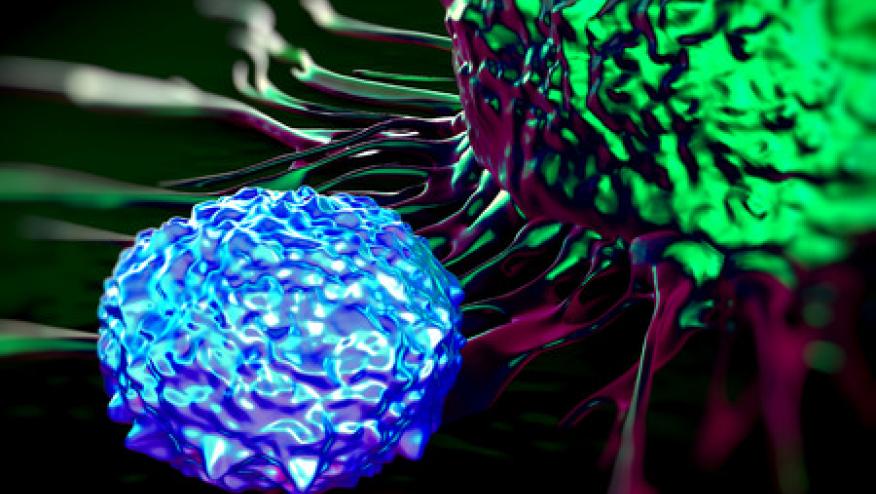PRIME Cells Predicting Rheumatoid Arthritis Flares Save

The current issue of NEJM reports a novel cell type that may be used to identify rheumatoid arthritis (RA) patients who may flare.
Investigators prospectively collected blood samples from 4 patients for longitudinal RNA sequencing (RNA-seq) for discovery of molecular transcripts that were differentially expressed before flares.
The index patient had collections at 364 time points over 4 years, during which there were eight flares. Similarly they collected samples and data from 3 other RA patients at 235 time points.
They identified in the 1 to 2 weeks before a flare, transcriptional evidence of B-cell activation, followed by expansion of circulating CD45−CD31−PDPN+ preinflammatory mesenchymal (or PRIME) cells in the blood from the RA patients. These PRIME cells shared features of inflammatory synovial fibroblasts. Moreover, PRIME cells decreased during flares in all 4 patients, and flow cytometry and sorted-cell RNA-seq confirmed the presence of PRIME cells in 19 additional patients with rheumatoid arthritis.
Prospective genomic profiling of RA patients revealed PRIME cells in the blood during the period before a flare. This suggests that these cells are activated by B cells in the weeks before a flare and subsequently migrate from blood into the synovium.









If you are a health practitioner, you may Login/Register to comment.
Due to the nature of these comment forums, only health practitioners are allowed to comment at this time.